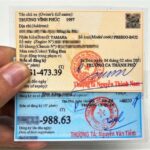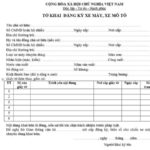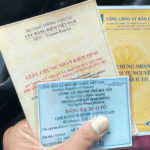According to Circular 79/2024/TT-BCA issued by the Ministry of Public Security, from July 1, 2025, vehicle registration and license plate issuance will be conducted based on the new provincial codes following the merger.
The Ministry of Public Security stated that for vehicles registered before July 1, 2025, owners are not required to change their license plates. All documents and license plates issued before the merger date remain legally valid and can continue to be used normally until they expire or there is a reason for replacement.
From July 1, 2025, after the establishment of 34 provinces and cities, vehicle license plates will be a combination of the pre-merger plates. The details are as follows:
Detailed List of License Plates for 34 Provinces and Cities from July 1, 2025
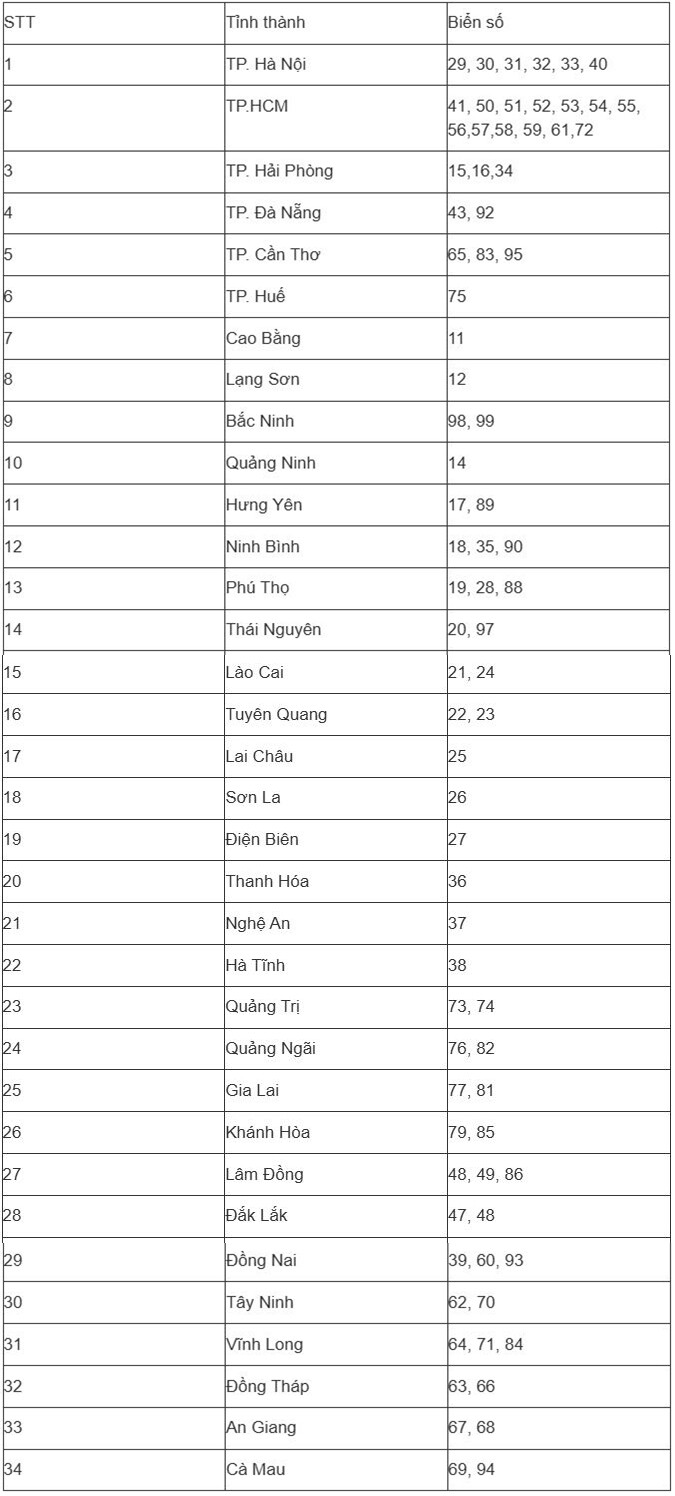
Also, according to Circular 79/2024 of the Ministry of Public Security, there are 6 cases requiring vehicle registration and license plate changes, including:
– Blurred or damaged registration certificates and license plates.
– Modified vehicles or vehicles with changed paint colors.
– Vehicles previously registered with white background and black text plates switching to yellow background and black text plates, and vice versa.
– Changes in owner information or owners requesting registration certificates with new addresses.
– Expired registration certificates.
– Replacement of old registration certificates and license plates with new ones as per the Circular; owners requesting to change from short to long plates or vice versa.
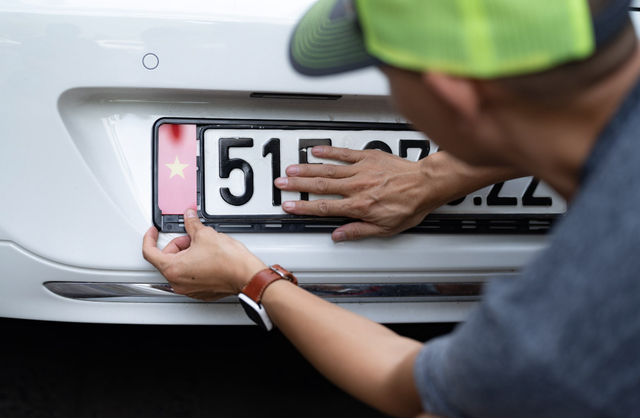
License plates are implemented according to the National Technical Regulations issued by the Ministry of Public Security. Illustration: TL
New Regulations on License Plates
Article 37 of Circular 79/2024/TT-BCA stipulates the following regarding license plates:
1. License plates are implemented according to the National Technical Regulations issued by the Ministry of Public Security. Temporary registration plates as specified in Appendix 02 are printed on paper.
2. Symbols, plate series, and dimensions of letters and numbers on registration plates for various vehicle types are as per Appendices 02, 03, and 04 of this Circular.
3. Special-purpose vehicles are issued two plates: one short plate (165 mm high, 330 mm long) and one long plate (110 mm high, 520 mm long).
– For domestic organizations and individuals: The first two digits are the local registration code, followed by the registration series (letters); the second group is the registration sequence, consisting of 5 digits from 000.01 to 999.99.
– For foreign organizations and individuals: The first two digits are the local registration code, followed by the country/region code (3 digits), then the series indicating the foreign entity type, and finally the registration sequence (2 digits from 01 to 99).
– Trailer plates are attached to the rear, measuring 165 mm high and 330 mm long, with lettering similar to domestic vehicle plates.
4. Motorcycles are issued rear plates measuring 140 mm high and 190 mm long.
– For domestic organizations and individuals: The first group is the local registration code and series; the second group is the registration sequence (5 digits from 000.01 to 999.99).
– For foreign organizations and individuals: The first group is the local registration code, the second is the country/region code, the third is the series, and the fourth is the registration sequence (3 digits from 001 to 999).
5. Colors and series for domestic organizations and individuals:
– Blue background, white text plates with series A, B, C, D, E, F, G, H, K, L, M for Party agencies, Presidential Office, National Assembly, People’s Councils, Central Committees, Public Security, Courts, Procuracies, Ministries, Government agencies, National Traffic Safety Committee, People’s Committees, political-social organizations, and public service units.
– Blue background, white text motorcycle plates with series A-M plus a digit from 1-9 for the above entities.
– White background, black text plates with series A-Z for other domestic organizations and individuals.
– White background, black text motorcycle plates with series A-Z plus another letter from A-Z for other domestic entities.
– Yellow background, black text plates with series A-Z for commercial transport vehicles.
– Special series: CD for special-purpose vehicles, RM for trailers, HC for restricted vehicles, KT for military enterprise vehicles, and unique series for specific entities.
– Auctioned plates have red and yellow stickers; eco-friendly vehicles have green stickers.
6. Colors and codes for foreign entities:
– White background, red letters, black numbers with “NG” for diplomatic missions; “QT” for international organizations; “CV” for administrative staff; “NN” for other foreign entities.
7. Local plate codes are issued sequentially; series are used in order before switching to new codes.
8. Trucks (except cars) must display plates on the rear and sides, along with unit names and load capacities.
9. Plates are produced by authorized Ministry of Public Security facilities, meeting quality and security standards, with data connected to registration systems.
What Are License Plates?
License plates, or vehicle control plates, are issued by the Public Security when purchasing or transferring vehicles. Made of aluminum-iron alloy, they display ownership information, regional codes, and a raised national emblem.
Purpose of License Plates
They help authorities manage vehicles, track violations, and identify owners. Each plate is unique, serving as a vehicle’s identifier in databases.
Penalties for Driving Without Plates
Under the 2024 Traffic Law, driving without plates incurs fines:
– Motorcycles: VND 4,000,000–6,000,000 and 6 demerit points.
– Cars: VND 10,000,000–12,000,000 and 6 demerit points.
The Latest 2022 Car Inspection Procedures: Fees and Cycles
The process of vehicle inspection is straightforward and essential for all car owners. It comprises four simple steps: submitting the necessary documents, undergoing a thorough vehicle examination, paying the road maintenance fee, and finally, receiving the inspection certificate with an official stamp. It is important to be aware of the associated costs and the frequency of these inspections to ensure your vehicle remains roadworthy and compliant with regulations.
The Ultimate Guide to Vehicle License Plate Lookup: A Step-by-Step Process to Quickly and Accurately Identify Any Car or Motorcycle
To ensure peace of mind when buying or selling a car or motorcycle, it is essential to verify the vehicle’s license plate number to ascertain its origin and provenance. This vital step provides valuable insight into the history and legitimacy of the vehicle, fostering confidence and security in the transaction for all involved parties.


























